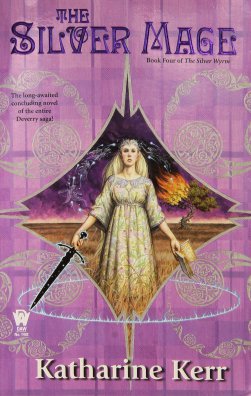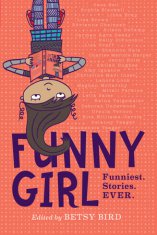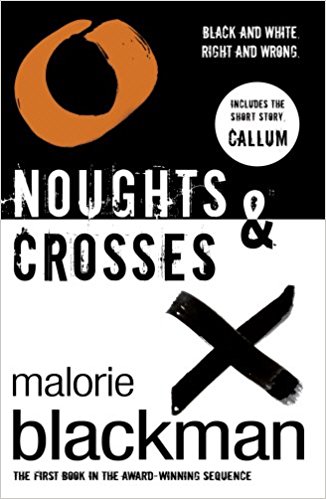Most of the huge, sprawling Heroic fantasy series I’ve read deal with a single set of characters and follow them through the conclusion of a single crisis (or perhaps more than one if the author made a lot of money and decided to keep writing).
That makes a lot of sense. After all, it’s the formula that Papa Tolkien set out for everyone when he invented the sub-genre (fortunately, I have not yet succumbed to writing one of these, or else I wouldn’t be that smug!). Look at The Wheel of Time, The Sword of Truth, or the Belgariad and Malloreon. All of these now-classic series used the formula, and all of them have at least one title with the word “bestseller” in the blurb.
Terry Brooks took the idea one step further by simply having several different generations of his characters have essentially the same adventures over and over again (he does it really well, too. I for one, can see what he’s doing and still buy his books).
Perhaps the only contemporary writer to vary the formula (albeit only slightly) and be a huge commercial success is George R. R. Martin, and I will be very interested in seeing how the newer generations of my writing peers respond to his lead. I expect quite a bit of the sincerest form of flattery, to be honest.
But for a twist that really twists, I would recommend a dark horse that most people haven’t heard of. Katharine Kerr’s Deverry Cycle, which I’ve recently, with my reading of The Silver Mage, completed.

A quick note on this. Finishing the Deverry cycle, though rewarding, was like losing an old friend. It ran from 1986 to 2009, and I joined the party in about 1991 or so. Fifteen books later, I’m done. A bittersweet moment.
But back to why it’s special. Kerr does something that few other fantasists (I can’t think of another who has an epic series doing this) do: she uses the same characters over and over in different time frames, but they are reincarnated. So things that happen to one guy might lead to terrible revenge or good karma for the same soul (but a different character) a thousand years later. And since the timelines are all woven together, different time periods occur in different books, so you might have a chapter that takes place two hundred years before the one preceeding it.
The magic, of course, is in the fact that it all winds up making sense in the end. As a writer, all I can do is tip my hat with respect and say “better her than me.”
Another thing that recommends this series is the writing style. It’s a bit dreamy, a little literary and very feminine. Fortunately, however, there is enough good, old-fashioned sword- and catapult- driven mayhem to keep genre fans happy. There are also dragons That is a good thing. The balance of the two elements is well-managed and effective.
Perfect? I suppose not. Though I enjoyed these, they might not be everyone’s cup of tea. The character set can feel a little new-agey (that cover above should be a dead giveaway…). There are, fortunately, no unicorns that I can recall, but the elves all live in the west and the magic system is more seventies crystals than magic swords. I also had one good friend tell me they abandoned the series when one of the human characters became a dragon. I didn’t love that twist, but it wasn’t a deal breaker for me, and I read on until the end.
NOTE: After I posed this, Katharine Kerr herself (wow!) clarified the origins of the magic system in the comments. It’s much more complex and nuanced than I had originally assumed so I urge you to have a look in the comments for the real story.
Anyway, if you do pick it up, drop me a line. In the meantime, consider this post my farewell to an old friend.
Gustavo Bondoni is a novelist and short story writer from Argentina.
Advertisements Share this:- More





